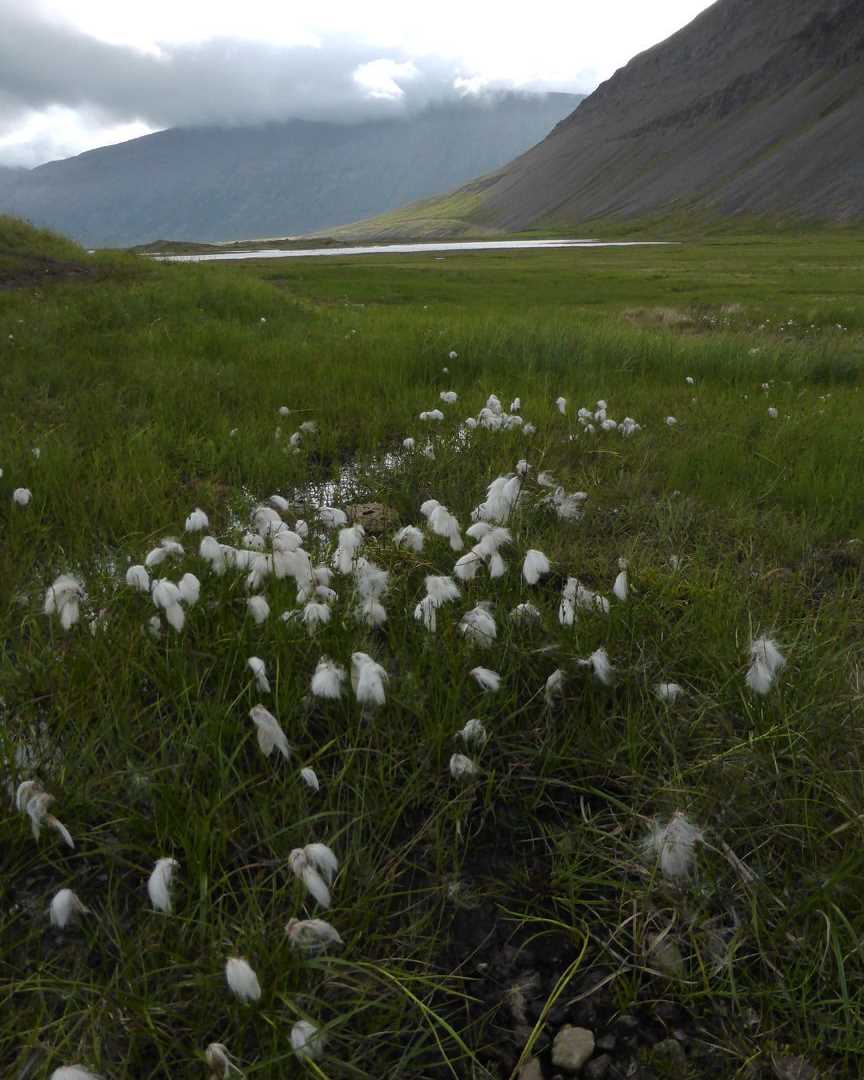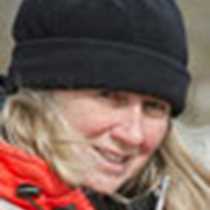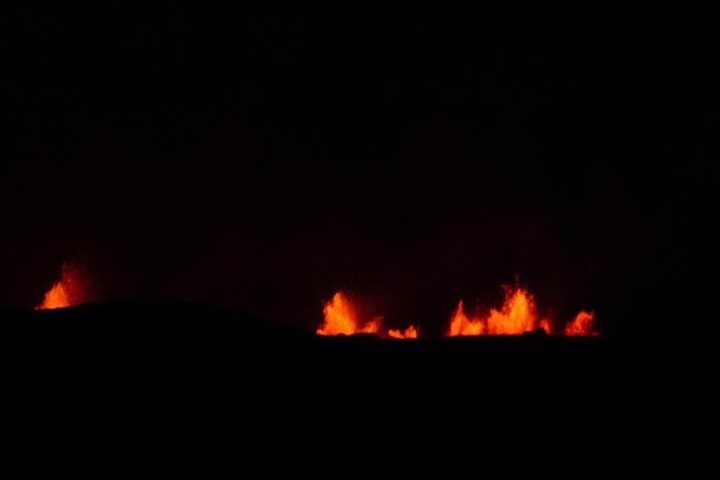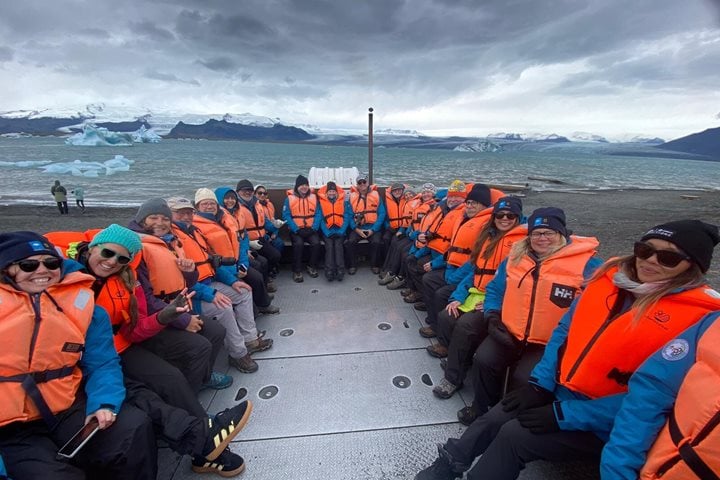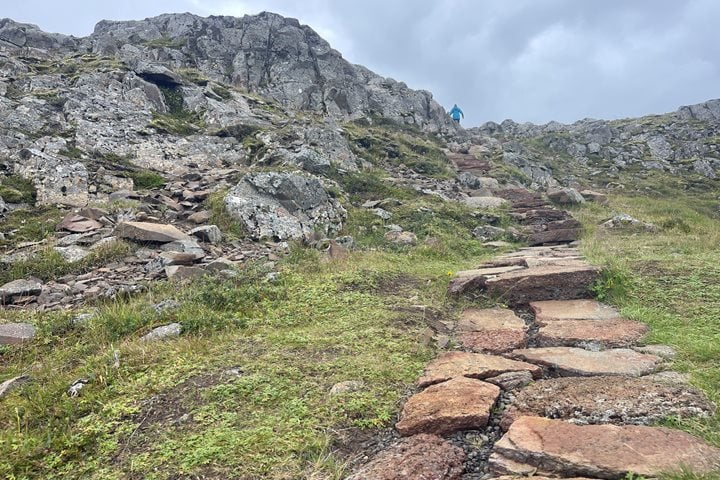Our morning excursions began at the dramatically situated town of Isafjordur (ice fjord), the largest town in the Westfjords region with a population of just under 3,000 inhabitants. Isolation has accentuated the town’s role as a cultural centre as those of us who participated in the morning walking tours quickly sensed the metropolitan feel of a town that in the 19th century represented modernity in a region still living a rural lifestyle that had scarcely changed for centuries. The 19th century brought prosperity through the fishing industry, and the deep-water harbour was home to a fleet of fishing boats and employed a large workforce in the fish processing industry. Salt for preserving fish had been imported here since the end of the 16th century and the sale of salted cod to Catholic Europe enabled the town to import much needed timber in exchange, the historic quarter of the town having some excellent examples of fine wooden houses from that period. Today the fishing fleet is much diminished, over-fishing having led to a collapse in the numbers of migratory herring. Today, tourists have largely replaced herring in the Icelandic economy.
Our morning options included a bicycle ride through dramatic scenery from Isafjordur to Bolungarvik, some 9 miles to the north and a culinary walking tour in the old town, which featured a visit to an Icelandic artist’s home. Some 60 guests chose a short bus ride around the fjord to hike in the valley of Valagil. A gentle climb took us through varying vegetation zones from the wet lowlands with sedges and rushes to a small birch “forest.” Hidden in a side canyon, a beautiful waterfall cascaded to the valley floor below. The excursion included a stop at the Arctic Fox Center in Sudavik to observe Iceland’s only native land mammal. There also was a bus tour that focused on a nearby botanical garden and a delightful bookstore.
An exploration afternoon saw us land by Zodiac on the small island of Aedey (Eider Island), farmed by a single family, which was a veritable “paradise of birds,” to use the words of the Irish monk Brendan the Navigator who passed his way in the seventh century. Nesting Artic terns, black guillemots, and puffins were out and about in profusion all chattering noisily with a descant of the distinctive buzz and flight display of the snipe.

